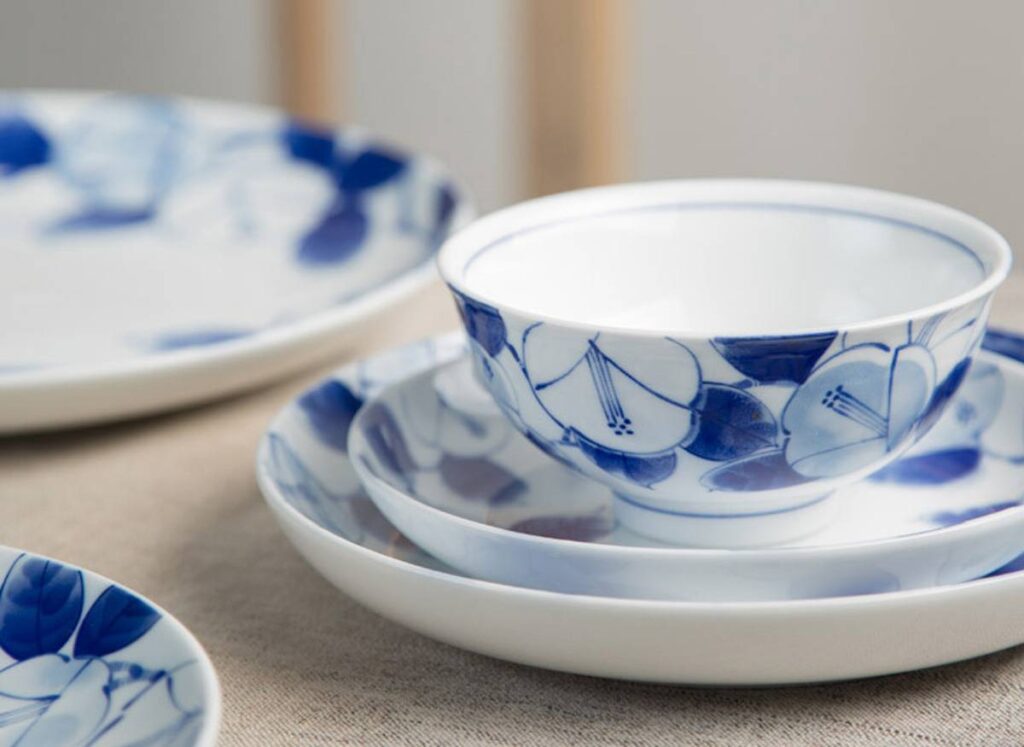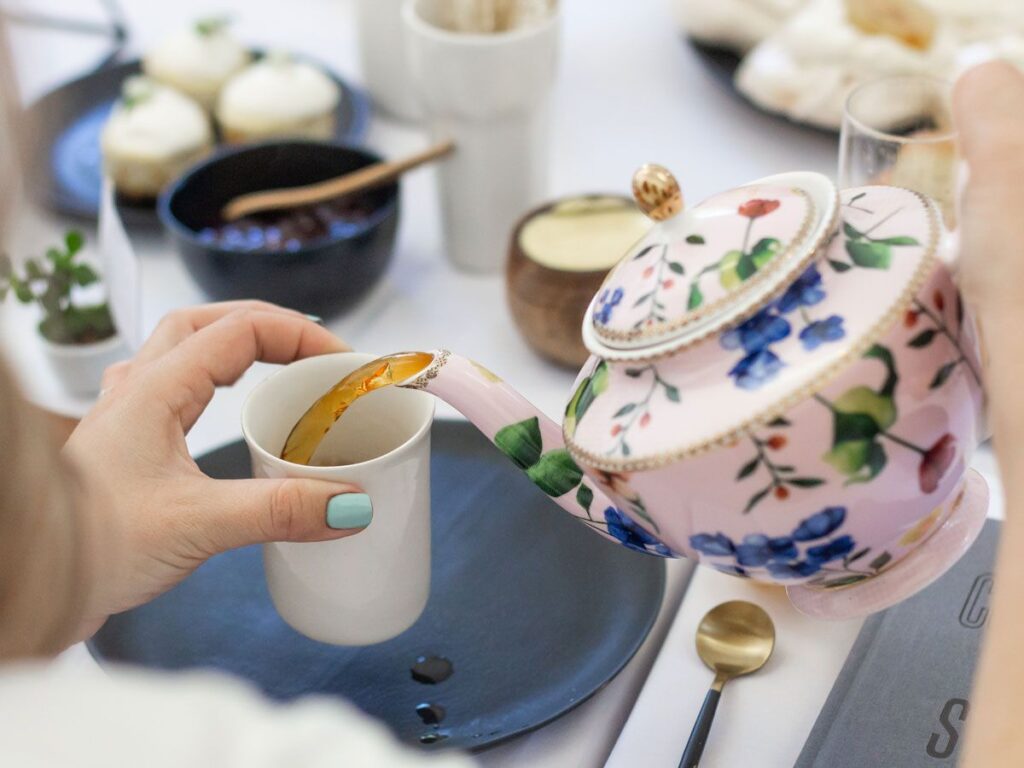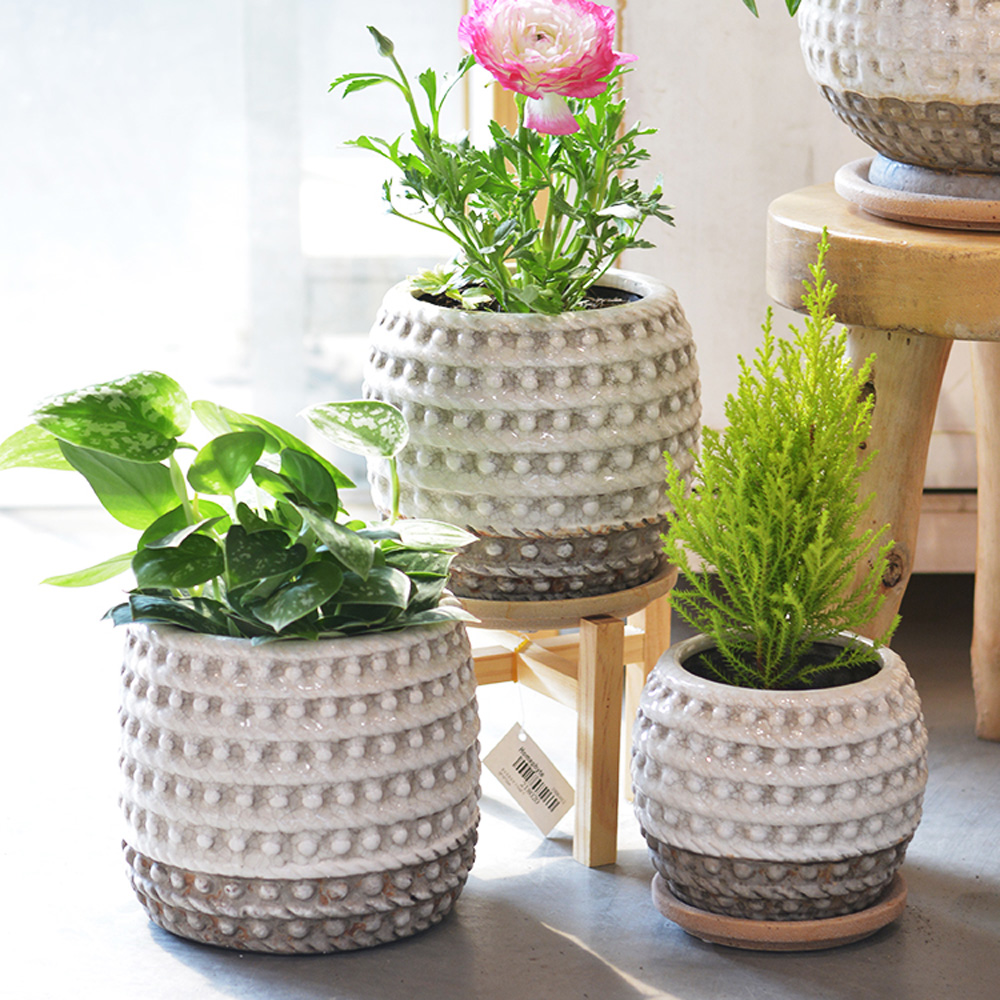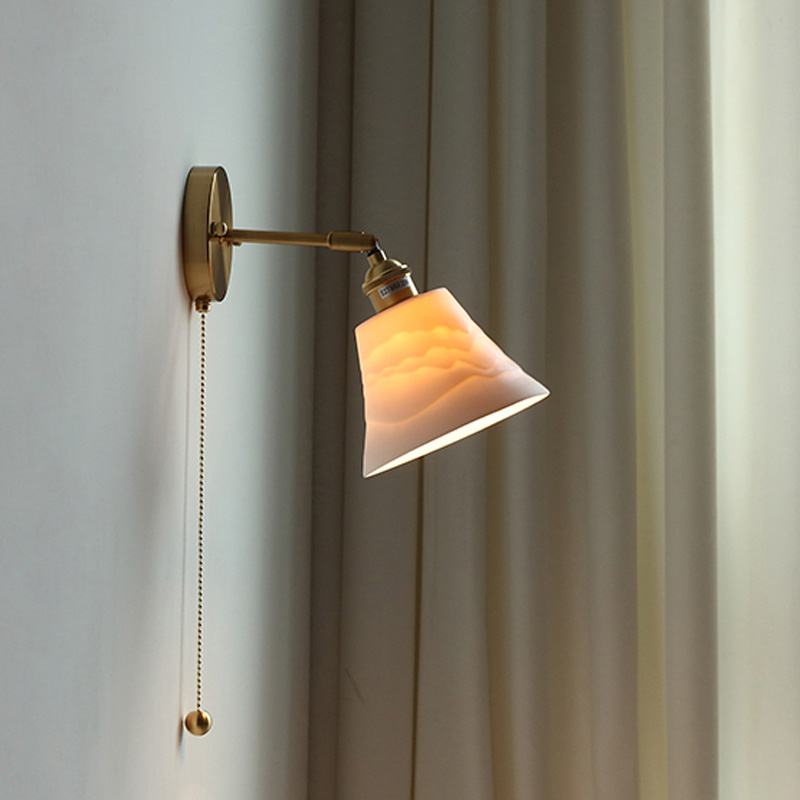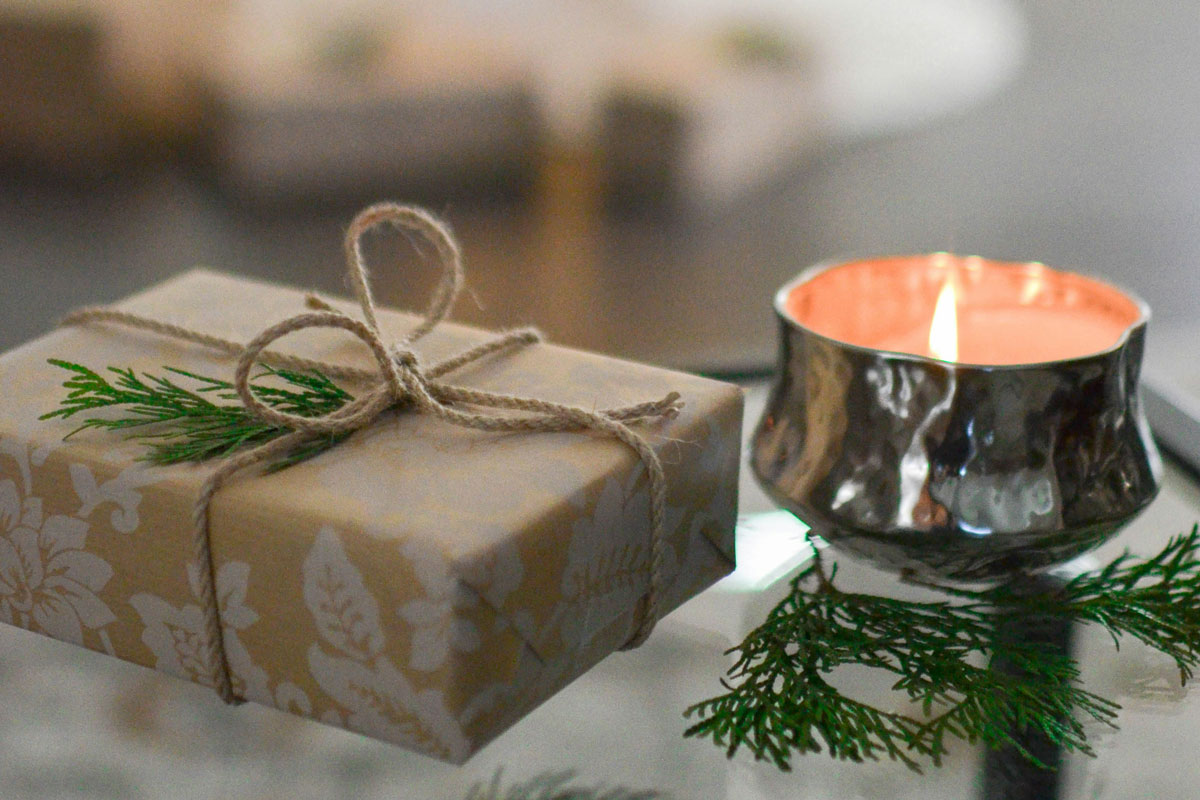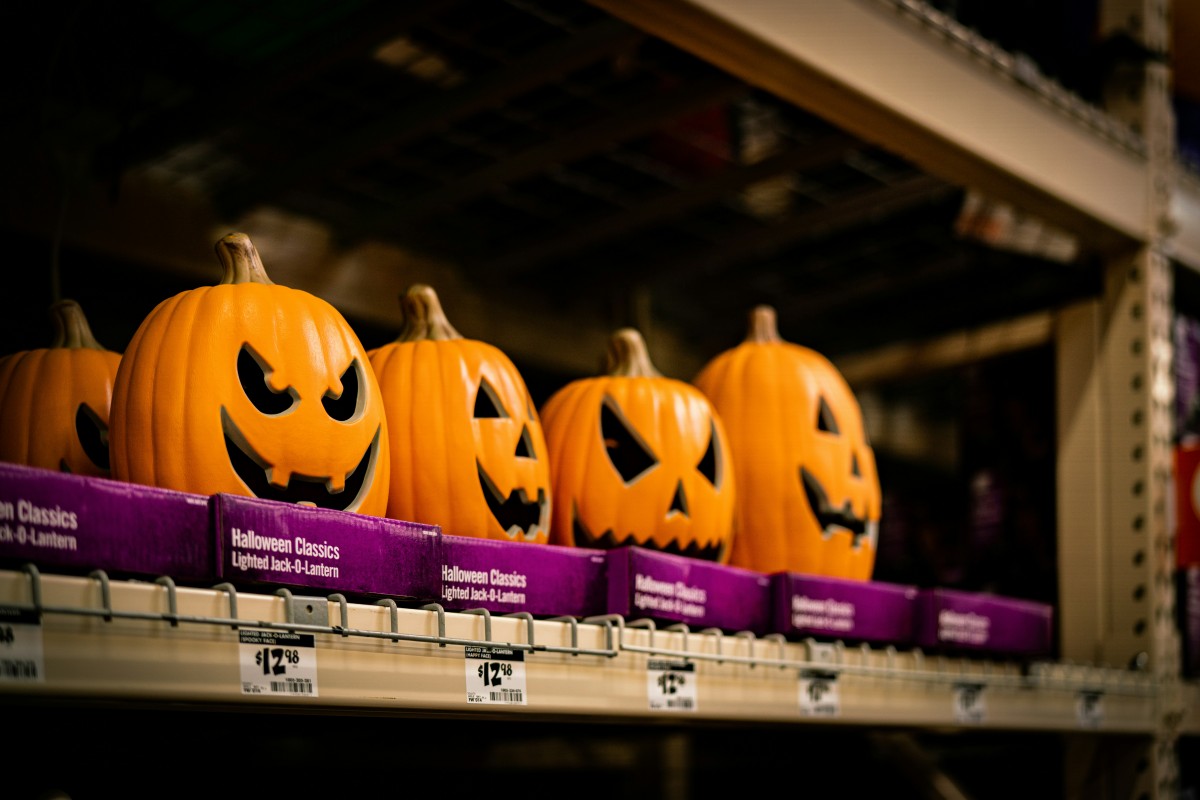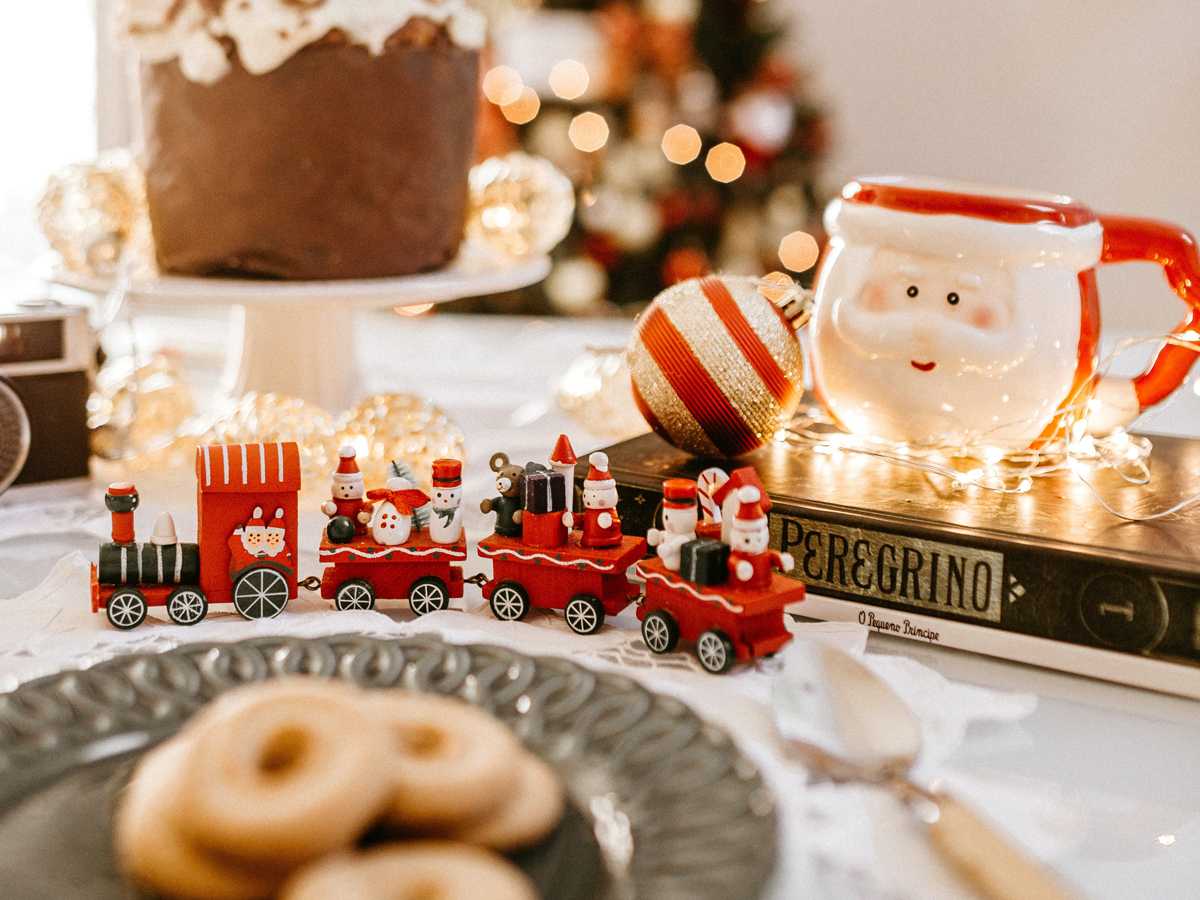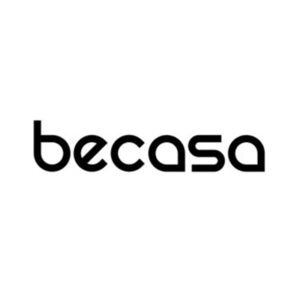Iris became a mother for the first time about 4 years ago. So for about 3 1/2 years, she delivered meals to my kids several times a day. The least we can say is that these moments may have been simple periods of peaceful sharing, but were more often interrupted by nervousness and nervousness. Between kids who don’t want to eat, kids who leave food lying around, and kids who keep leaving the table until they hurt themselves, a meal is often far from the ideal they’d hoped for.
Working with a child who struggled to feed, and an infant who refused all help at 18 months, taught Iris that tableware choices can help families reduce tension and increase fun and mealtimes at home.
Therefore, through the sharing of iris, Becasa Porcelain will give you advice on choosing the right tableware for babies and children in this article.
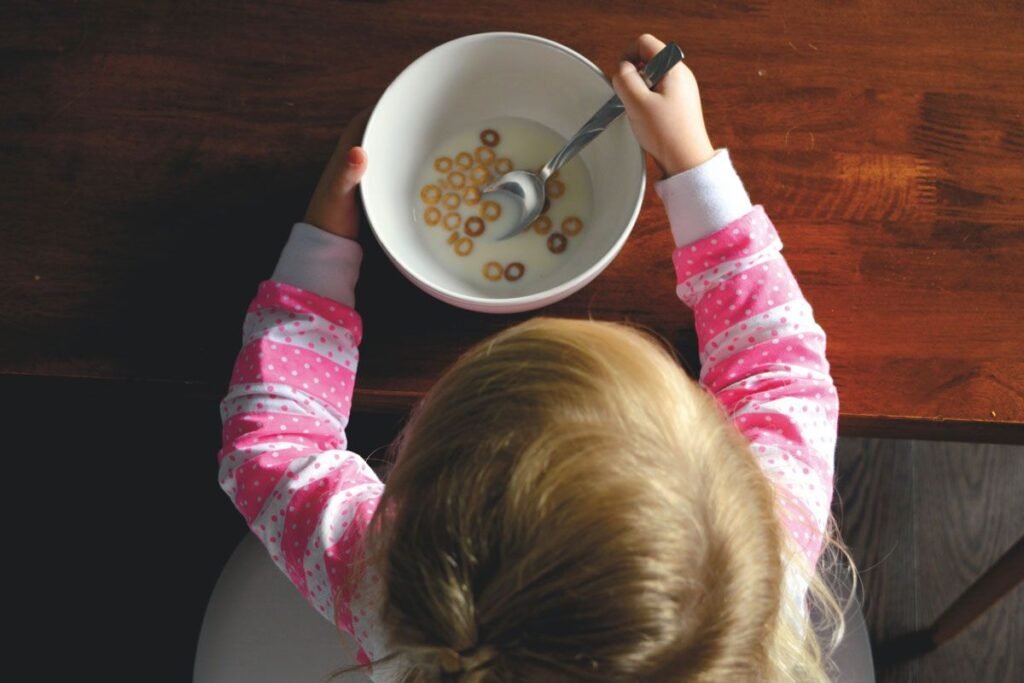
How to choose the right tableware for your baby?
Now that your baby is starting to eat like you, you need to choose the right utensils to promote food variety.
To do this, choose utensils for your child that are easy to use. Bet on plastic or wooden boards that they won’t break even if dropped on the floor. It would be even better if they had suction cups because then you can suck them up to the high chair table.
Instead, choose a deep plate to keep the baby from dropping the entire meal overboard. As for the patterned plates, they entertain the little ones and encourage them to eat.
For utensils, use utensils with rounded ends so you’re less likely to injure him. From about 18 months of age, you can purchase metal cutlery to teach your child to use a fork properly. There are even knives for little ones, which are of course completely safe.
For glasses, choose beakers with wide, easy-to-grip handles. These tumblers have retractable lids that gradually teach children to keep the cup balanced without spilling.
Also, make sure the dishes are dishwasher safe: it will save you a lot of time when cleaning!
Why Buy Baby Tableware?
When your baby starts eating solid foods, it’s important to provide him with the right dishes so his learning can go smoothly. At that age, however, his gestures were still clumsy: that’s why he needed ergonomic, easy-to-handle utensils.
The edges of the baby utensils are rounded so they won’t hurt your child’s gums when he puts the spoon in his mouth. On the other hand, baby cutlery is also more stable than regular cutlery. Many glasses and plates are equipped with suction cups, which can be firmly fixed on the table.
You can buy baby cutlery that is safe to sanitize, which is not the case with traditional cutlery.
What material should baby tableware choose?
Doing the dishes for the baby means running the risk of seeing her constantly waltz across the floor. That’s why it’s important to choose unbreakable dishes and utensils that will last you a long time.
Cold Service Stainless Steel
Cutlery made of stainless steel is some of the strongest on the market. Especially suitable for cold meals such as preserves, dairy products, and fruit. There are many reasons for the popularity of this material:
- Does not readily migrate substances into the contents of the Petri dish
- It’s shock resistant so it’s perfect for children’s learning stages who won’t suffer any damage from dropping plates
- It’s light and helps toddlers get a better grip
- Stainless steel is healthy, so it will not affect the fragile health of children
- The stainless steel kit is insensitive to oxidation when in contact with water
- It will not retain food taste or smell.
- Its cleaning is almost limitless
- Most importantly, since the composition of stainless steel is based on 60% recycled steel, it protects the environment. It contains no toxic or polluting substances and has a long service life.
Microwave Oven Glass
For baby meals that need to be reheated in the microwave, bowls made of glass are the best choice. Apart from the ecological aspect, glass does not contain any harmful substances. It is insensitive to temperature changes and does not retain any flavor. As an alternative, one can turn to contaminant-free silicone dishes.
Food-grade Silicone Plate
For safe baby utensils, choose silicone baby utensils. It constitutes a relevant compromise between simplicity, and security, and is also unbreakable. This property gives them durable properties. Plus, they’re easy to clean because you can put them in the dishwasher. These dishes will not retain the taste or smell of the food. In addition, food silicone sets are mostly equipped with non-slip suction cups to reduce the risk of spills. It is a neutral, recyclable material that promotes the stability of children’s tableware. For convenience, choose dividers made of high-quality food-grade silicone.
Plant Fibers
Vegetable fiber baby tableware is becoming more and more popular with parents for several reasons. Firstly, given their biodegradability, they are compatible with a zero-waste lifestyle. In addition, plant-fiber tableware is especially suitable for babies. Plus, these plates often feature attractive and playful graphics to encourage children to eat. They are usually made from natural resins, bamboo, and rice husks. In addition, tableware made of natural plant fibers protects the health of children. They contain no traces of plastic, PVC, endocrine disruptors, or BPA. But keep in mind that this material is heat sensitive. Therefore, it is not recommended to put plant fiber tableware in the microwave or oven.
Porcelain Dinnerware
Porcelain children’s dinnerware offers a delightful combination of elegance and practicality. These dishes are not only visually appealing but also durable, making them a reliable choice for your little ones. With their smooth surface, porcelain plates and bowls are easy to clean and maintain, ensuring a hygienic eating experience. They are resistant to stains, odors, and scratches, preserving their pristine look for a long time.
Additionally, porcelain dinnerware is microwave and dishwasher-safe, providing convenience for busy parents. The timeless charm of porcelain adds a touch of sophistication to your child’s mealtime, making every dining experience special. Choose porcelain children’s dinnerware to introduce your little ones to the joys of fine dining in a durable and stylish manner.

How to choose tableware for babies of different ages?
For babies aged 4 or 5 months, it is crucial to choose tableware that facilitates the transition to solid foods. Look for soft and flexible silicone spoons specifically designed for infants. These spoons are gentle on their delicate gums and make it easier for them to take their first bites. Opt for shallow bowls or plates with suction bases to prevent accidental spills and encourage self-feeding exploration.
As your baby reaches 6 or 7 months of age, their motor skills and coordination improve, enabling them to grasp objects more firmly. Introduce small, lightweight utensils with ergonomic handles that are easy for their tiny hands to grip. Consider using divided plates or bowls with separate compartments, allowing you to introduce a variety of food textures and flavors while keeping them organized.
When your little one turns one year old, they are ready for more independent feeding. Look for durable, BPA-free plastic or stainless steel utensils with rounded edges. These materials are safe and easy to handle. Transition to larger plates or bowls with higher sides to accommodate larger food portions as their appetite grows. Encourage self-feeding by offering them easy-to-hold finger foods alongside utensils.
By the time your child reaches two years old, they are likely developing their self-feeding skills further. Consider introducing ceramic or porcelain dishes to mimic adult tableware. Look for child-sized versions with vibrant and engaging designs to make mealtime more enjoyable. Encourage proper table manners by providing child-friendly forks and spoons with blunt edges. Gradually transition to adult-sized utensils to foster independence and promote fine motor skills.
Remember, always prioritize safety and choose tableware that is free from harmful chemicals, easy to clean, and age-appropriate. Each developmental stage presents new opportunities for your baby to explore different textures, tastes, and self-feeding techniques.

How to properly wash baby dishes?
Proper cleaning of baby utensils made of bamboo, silicone, or porcelain is crucial. Young children’s immune systems are fragile and must not be exposed to germs.
To clean your baby’s dishes and spoons, choose the right dishwashing liquid. Hypoallergenic and odorless, it won’t leave any marks on your little one’s belongings. Composed of fully biodegradable natural ingredients, safe for children. Then rinse the dishes with clean water.
After washing everything, don’t wipe the dishes with a tea towel. They really are veritable nests of microbes! Just let the utensils air dry.
You can also save time by washing baby items in the dishwasher. Note that you must always check that the instructions support high temperatures for this wash mode. Be sure to set your dishwasher to its longest dry cycle.
As for baby bottles and teats, run them through a sterilizer after rinsing to remove all powder. The sterilizer can then keep them in a completely healthy environment for 24 hours.

